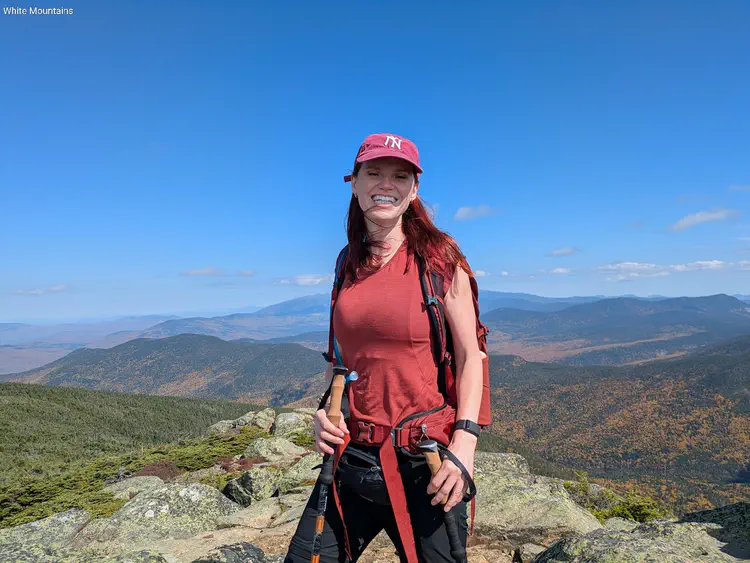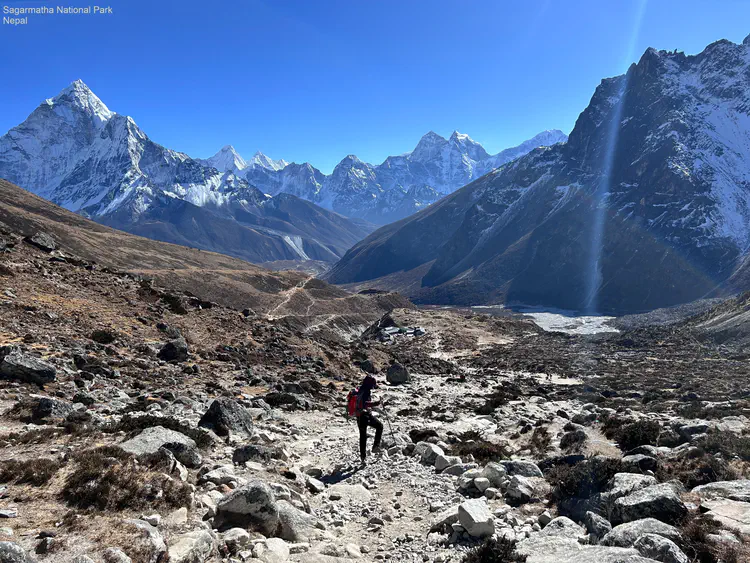Bio
As a statistician on Takeda’s Quantitative Sciences team in Boston, MA, I focus on statistical modeling and analysis of data from digital devices such as wearable accelerometers, ambulatory blood pressure monitors, respiratory monitors, and polysomnography. My recent projects involve digital assessments in hypersomnolence disorders and ALS.
Before joining Takeda, I was a postdoctoral researcher at the Onnela Lab at Harvard T.H. Chan School of Public Health. I received a PhD in Biostatistics from Johns Hopkins Bloomberg School of Public Health in 2021, and hold Bachelor’s and Master’s degrees in Mathematics from Wroclaw University of Science and Technology, Poland.
In my leisure moments, I find joy in connecting with people, running, and hiking. The peak of my running tenure was probably finishing a full marathon in 2017. Currently, I am working on summiting New Hampshire’s 48 peaks over 4,000 feet. Some summits photos can be found in my 🌄 gallery.
Recently
-
Our paper “Classification and clustering on nocturnal polysomnography: distinctions and overlaps between central disorders of hypersomnolence is published. We show that nocturnal polysomnography alone can strongly differentiate narcolepsy type 1, narcolepsy type 2, and idiopathic hypersomnia using whole-night and segment-level sleep features. The results also demonstrate within-diagnosis heterogeneity, with distinct subgroups within each of the three conditions reflecting differing sleep phenotypes.
-
Our book chapter “Novel Digital Wearable Sensors for Drug Development in Pharmaceutical Industry” is out and available open access! This chapter serves as a primer read, exploring examples of novel digital endpoints across various indications, regulatory guidance and industry frameworks, and analytical approaches for leveraging wearable sensors in clinical trials.
-
Our paper “Smartphone screen time characteristics in people with suicidal thoughts: retrospective observational data analysis study” is published. This work shows the feasibility of using passively collected phone logs for studying smartphone screen time characteristics as an alternative to self-report measures in people with suicidal thinking.





